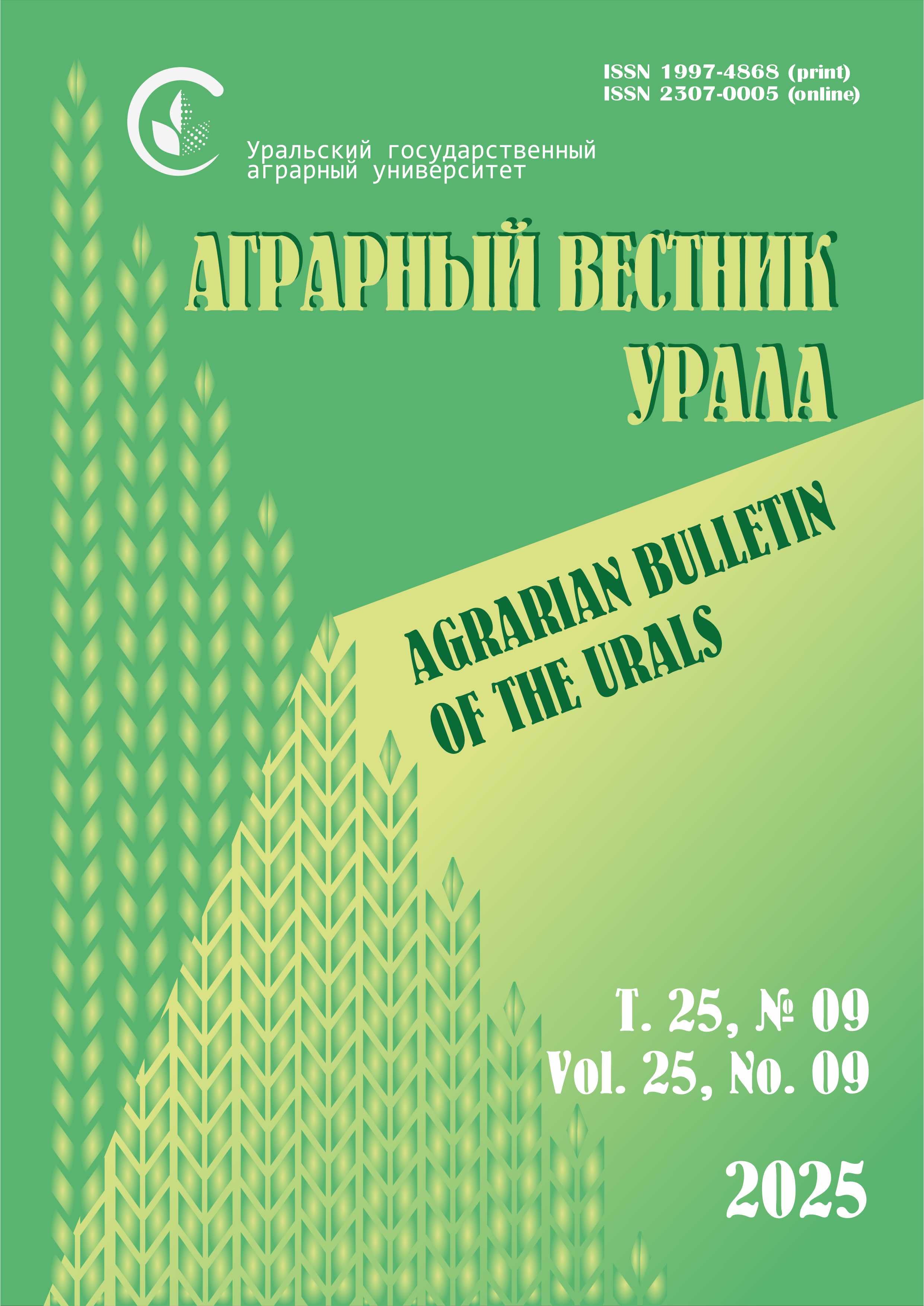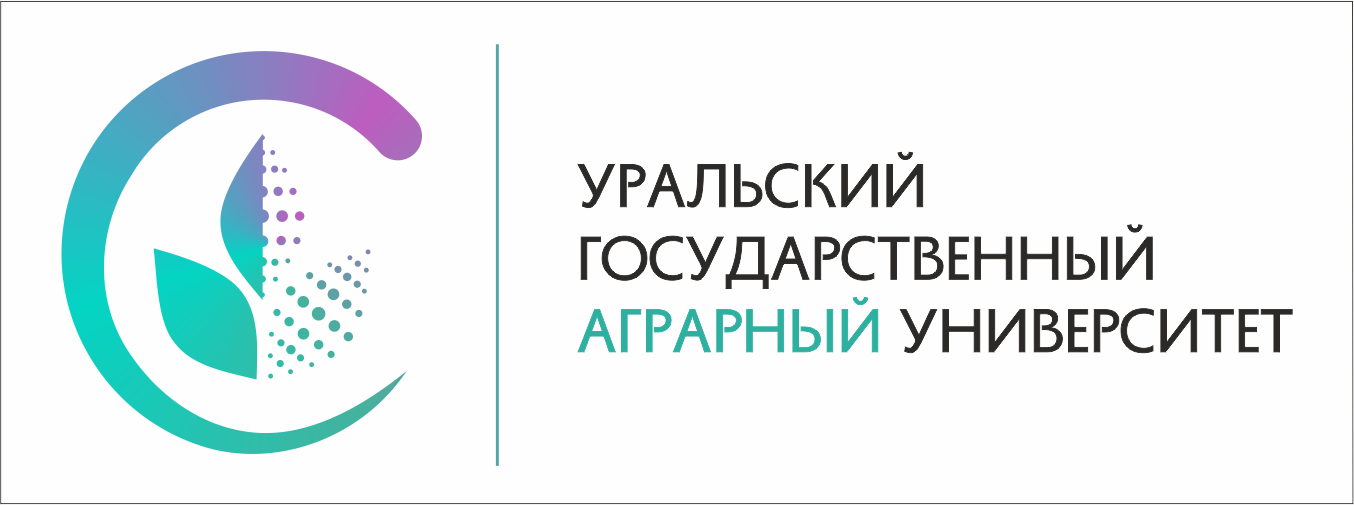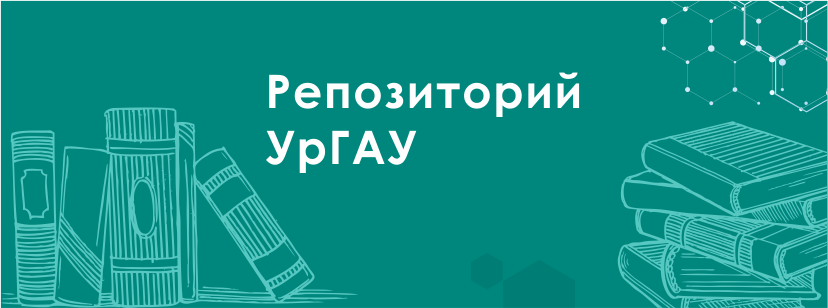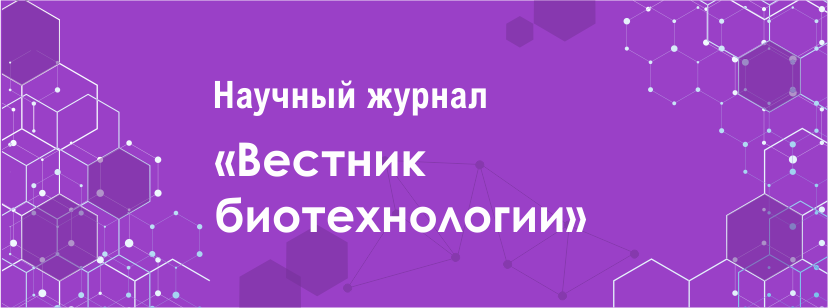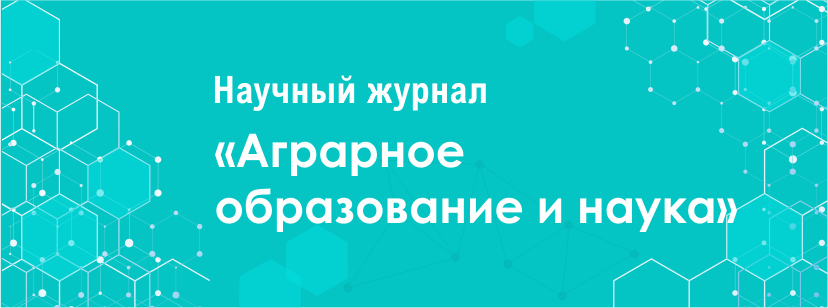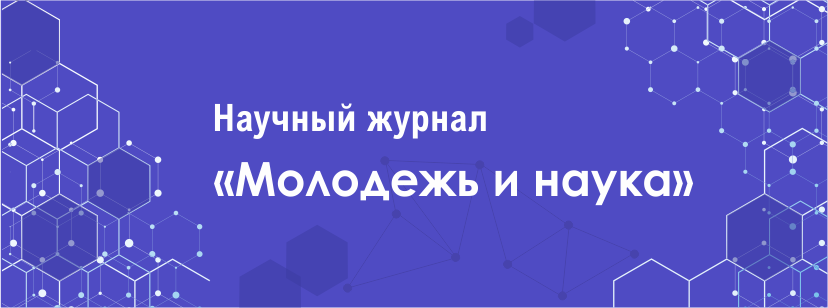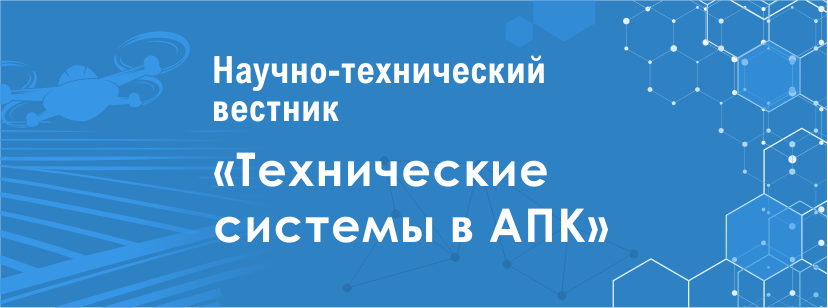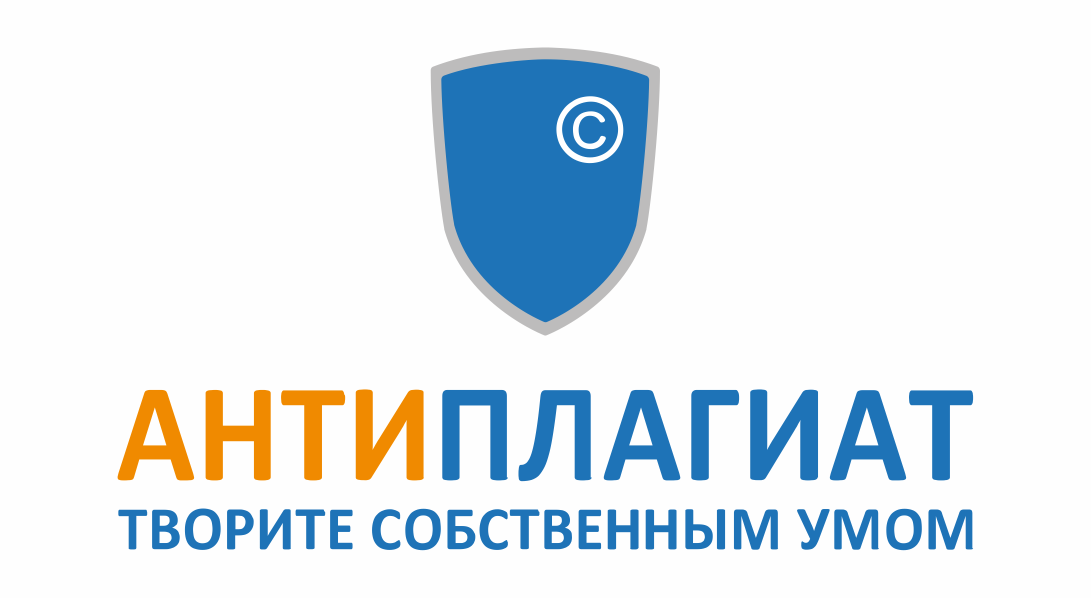V. M. Yudin1, A. S. Tronina1 , S. L. Vorobyeva1 , R. A. Ilyasov2 , O. P. Neverova3
1 Udmurt State Agrarian University, Izhevsk, Russia
2 Koltzov Institute of Developmental Biology of Russian Academy of Sciences, Moscow, Russia
3 Ural State Agrarian University, Ekaterinburg, Russia
E-mail: This email address is being protected from spambots. You need JavaScript enabled to view it.
Volume 25 No. 9
Date of paper submission: 04.03.2025, date of review: 02.06.2025, date of acceptance: 04.07.2025.
Published: 09/30/2025
Abstract. The purpose is to assess the current state of the Apis mellifera mellifera gene pool in the Udmurt Republic to identify foci resistant to hybridization and develop scientifically based measures to preserve the aboriginal population. Methods. Molecular genetic analysis of 82 bee colonies from 8 northern districts of Udmurtia was carried out. Genotyping was performed for the mitochondrial locus COI-COII (identification of evolutionary lines M and C) and 9 microsatellite loci of nuclear DNA. The STRUCTURE, FSTAT, GENEPOP programs were used to assess the population structure, the level of introgression and gene diversity. Results. A pronounced west-east gradient of genetic purity was established: the proportion of the aboriginal line M varies from 35.1 % (Glazovskiy district) to 97.1 % (Kezskiy district). Isolated foci of M purity (Pyshkets – 99.0 %, Bydypi – 99.0 %) were revealed in the hybridized areas, which indicates the leading role of the anthropogenic factor (queen replacement practice) in the erosion of the gene pool. The a113 locus was identified as a highly sensitive differentiation marker (11 alleles; GST = 0.1599), revealing unique alleles (226 bp) in the eastern populations and their absence in the hybrids of the western regions. The overall genetic diversity corresponds to stable populations (HT = 0.5244), but the risks of inbreeding depression in isolates were revealed. Scientific novelty. For the first time, the phenomenon of microisolation of the A. m. mellifera gene pool under conditions of mass introgression was proven and the key role of local beekeeping practices in its preservation was determined. The highly polymorphic marker a113 was validated for hybridization monitoring. Practical significance. The results substantiate the need for targeted protection of identified local foci of genetic purity through legislative restrictions on the circulation of imported queens and the development of programs for the restoration of degraded populations using material from populations resistant to hybridization. The introduction of a genetic monitoring system based on COI-COII and a113 markers will allow prompt adjustment of gene pool conservation measures.
Keywords: Central Russian bee breed, molecular genetic analysis, gene pool, hybridization, locus, alleles, introgression, population
Acknowledgments. The research was carried out with the support of the Russian Science Foundation, project No. 24-26-00064, as well as project No. 24-16-00179, within the framework of which a fragmentary analysis of the studied individuals was carried out.
For citation: Yudin V. M., Tronina A. S., Vorobyeva S. L., Ilyasov R. A., Neverova O. P. Genetic diversity of honey bees of the Udmurt Republic: threats and prospects for preserving the native population. Agrarian Bulletin of the Urals. 2025; 25 (09): 1430‒1442. https://doi.org/10.32417/1997-4868-2025-25-09-1430-1442 (In Russ.)
Download the full text of the article



